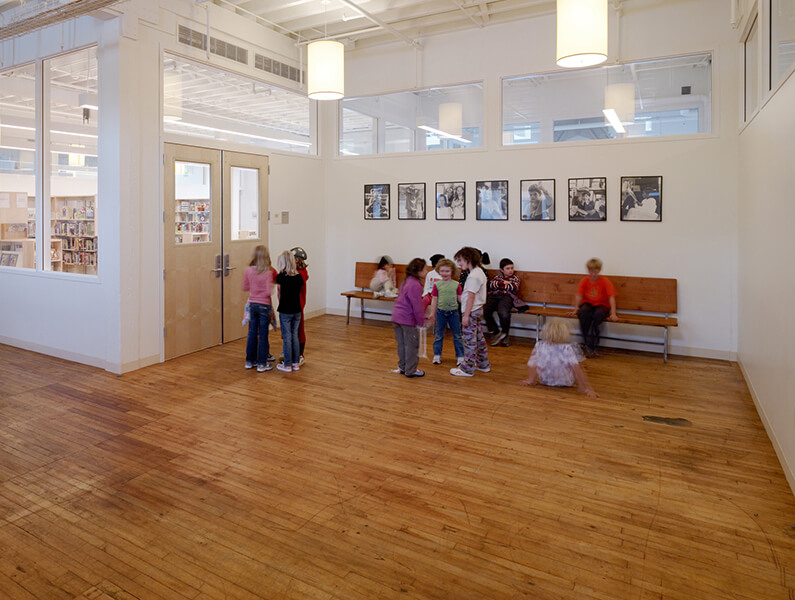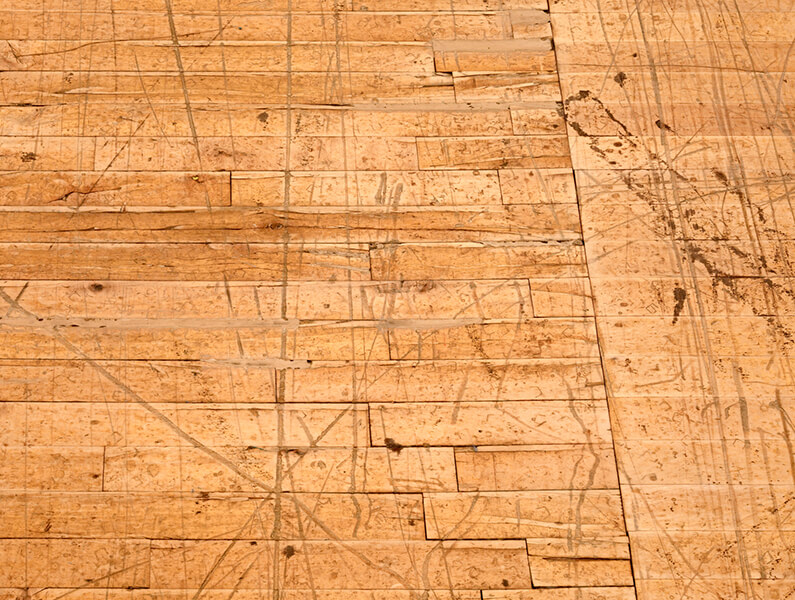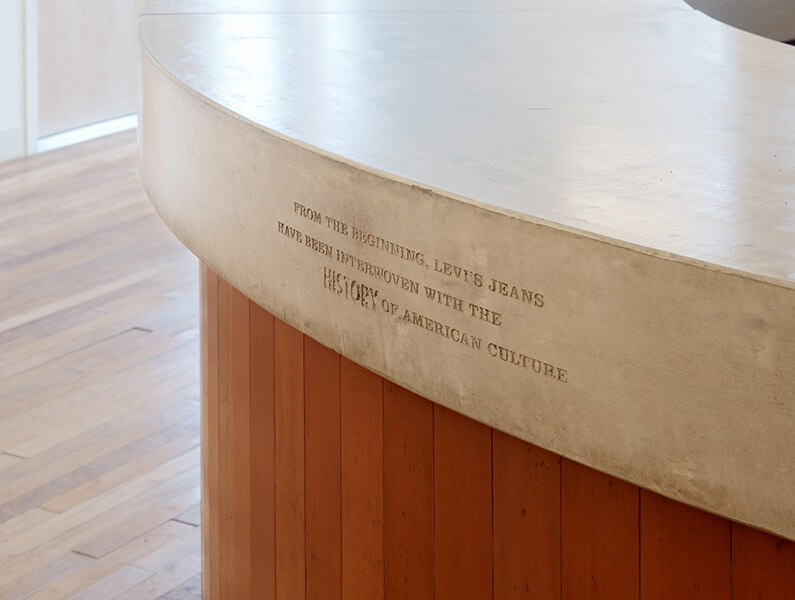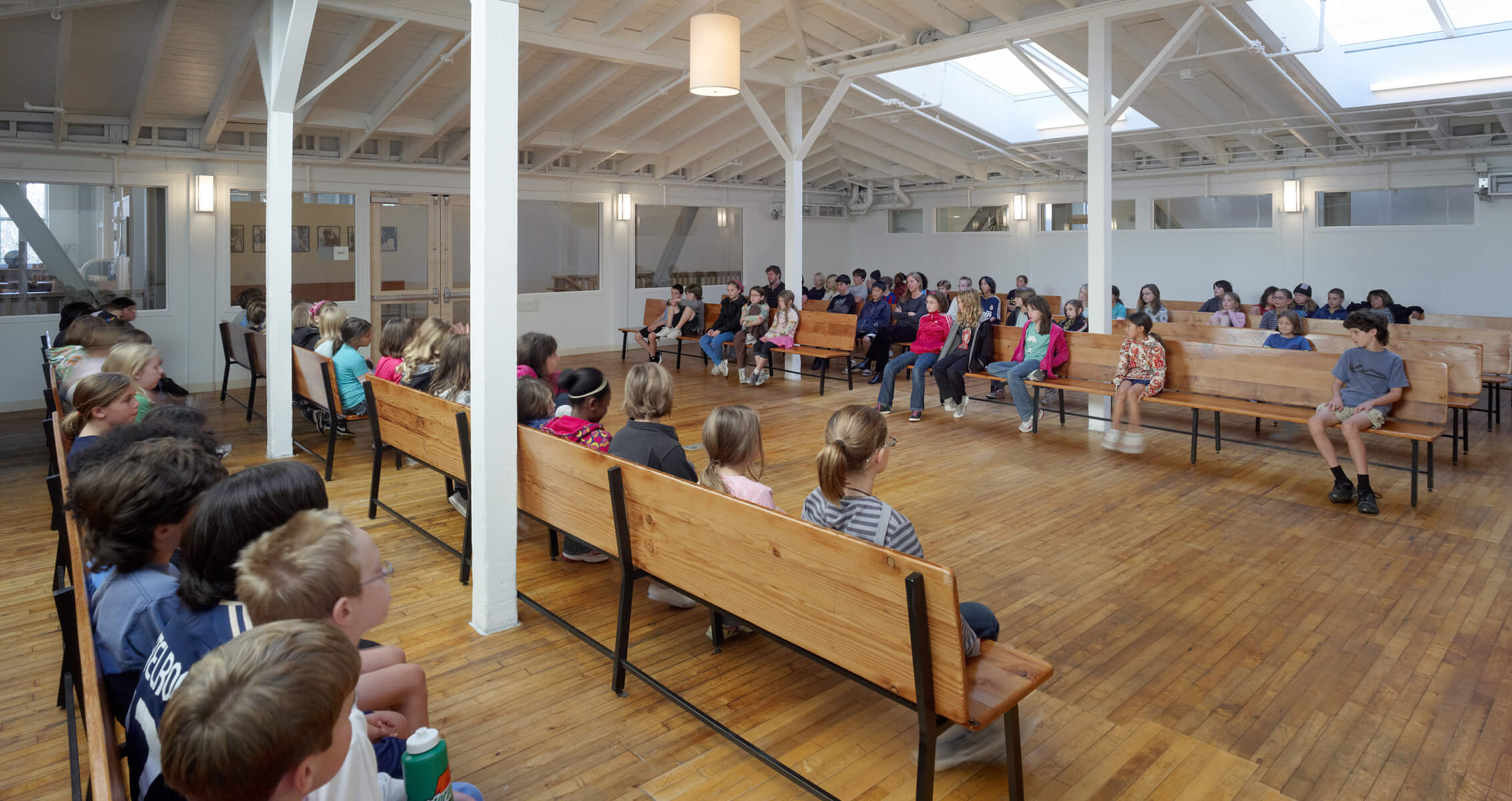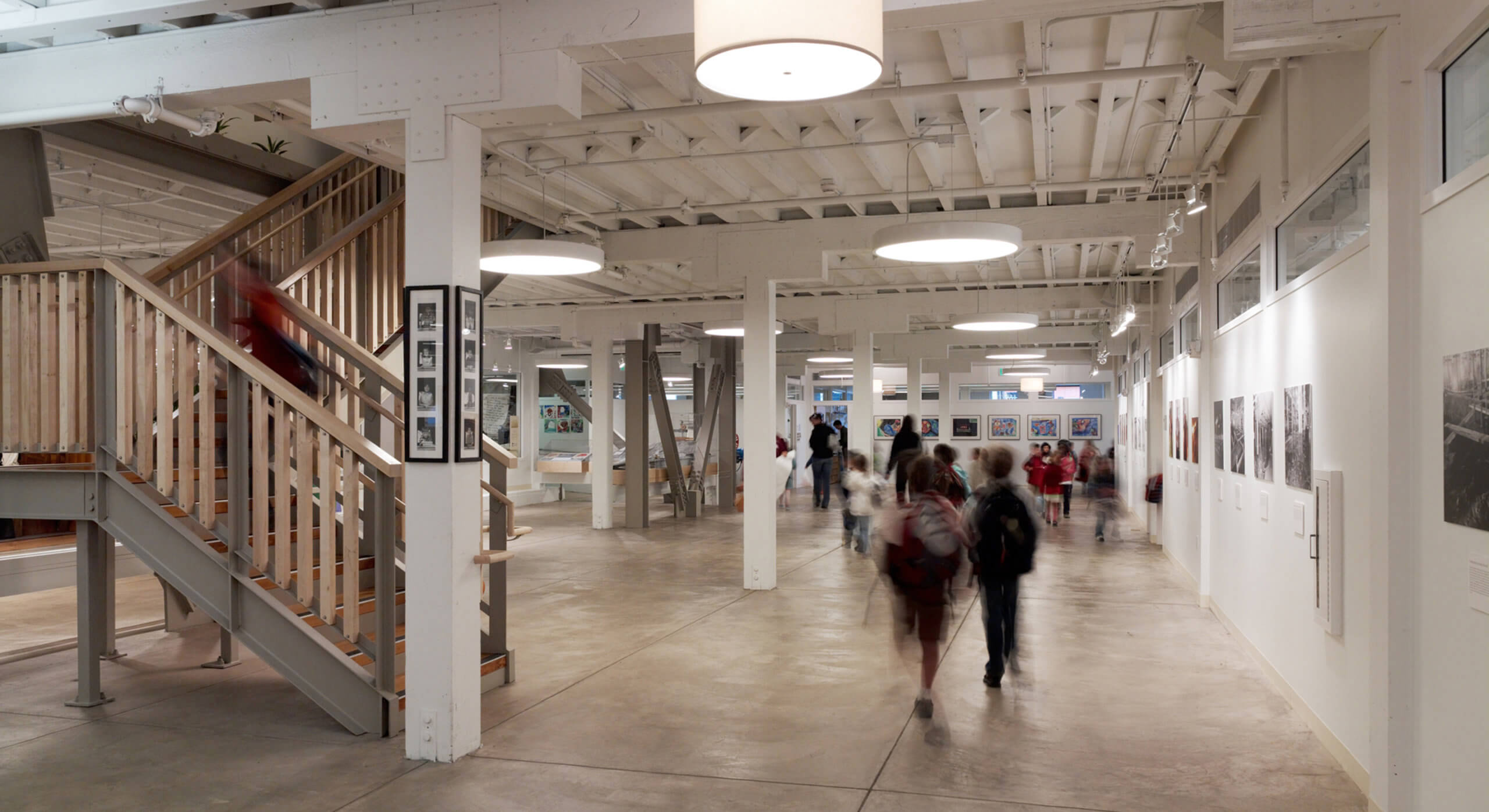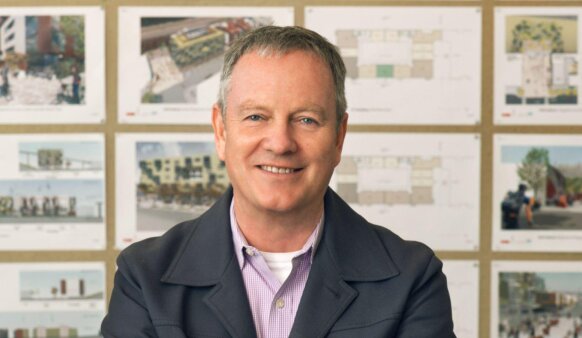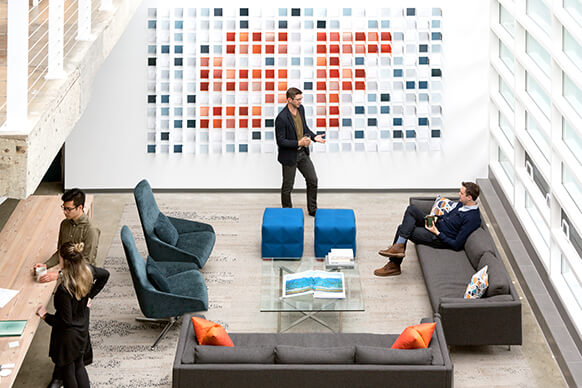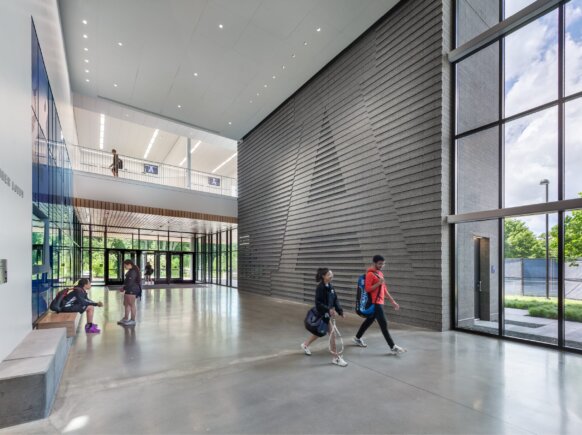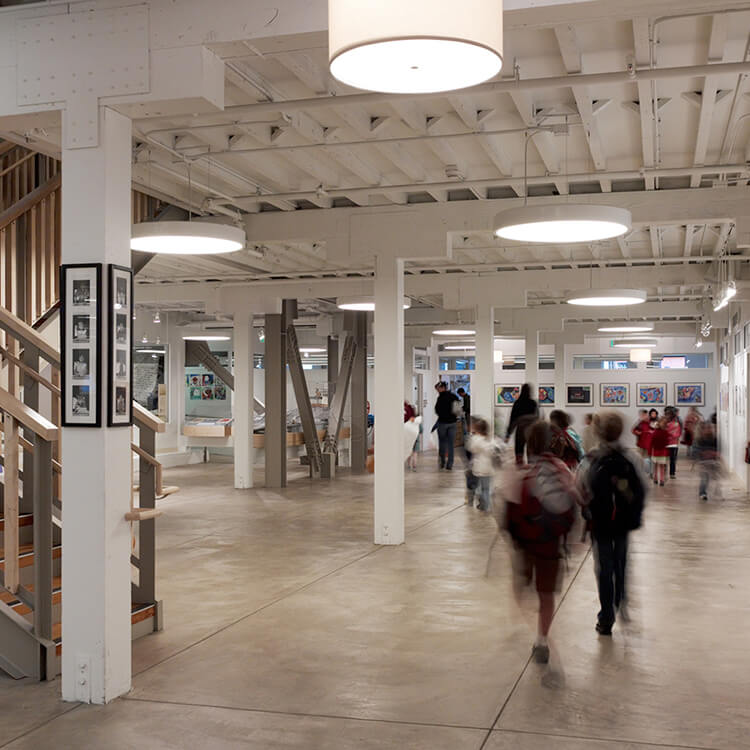
San Francisco Friends School
The Friends School is an independent K-8 school, with a curriculum based on the Quaker educational tradition. Due to the school’s increasing student population, the school could no longer function in its old location and subsequently purchased the historic Levi Strauss Blue Jean Factory in the Mission District. Originally built in 1906 after the earthquake, the building has a rich history that the school wished to respect with the design of their school. The design objectives were to create a positive learning environment out of the historically significant manufacturing building, express the school’s Quaker values through the simplicity and restraint of the design, and demonstrate a high level of environmental stewardship. Great care was taken in creating a positive learning environment aligned with the mission of the school’s values such as community life, social responsibility, academic excellence, and attention to the emotional growth of the individual.
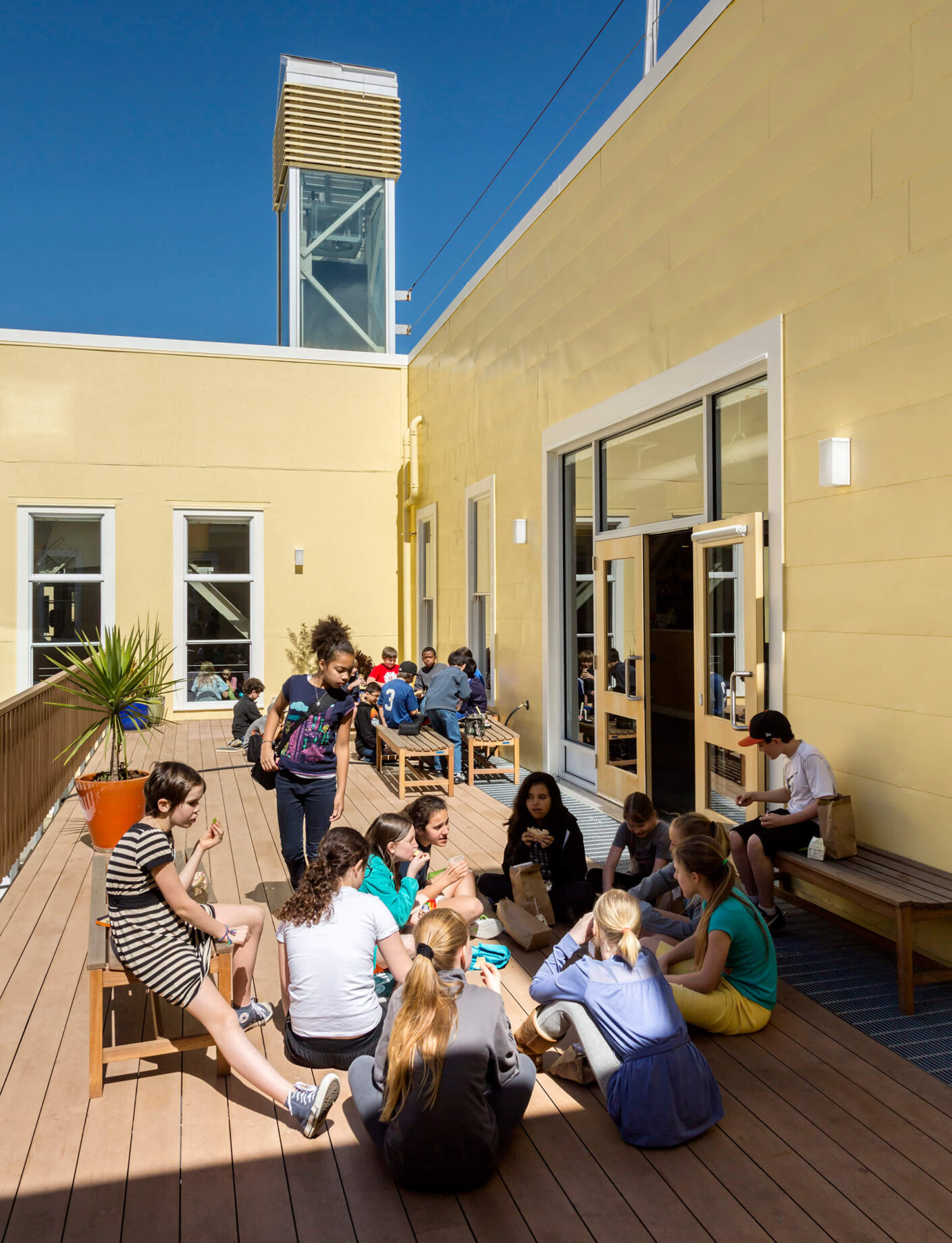
The 80,000 square foot building contains classroom commons, meeting rooms, a dining area, library, a gymnasium, a black box theatre, art/performance commons, and a student art gallery. A 10,000 square foot space in front of the building, located on Valencia Street, provides a garden and additional play area. Flexible spaces are created for multiple types of uses and classrooms can easily be adapted for use by different age groups.
Sustainable design has been implemented as well as sensitivity to the existing historical building, which contains features such as all-wood construction, oversized columns and trusses, high ceilings, openness, and natural light–all features which are in harmony with the school’s Quaker heritage.
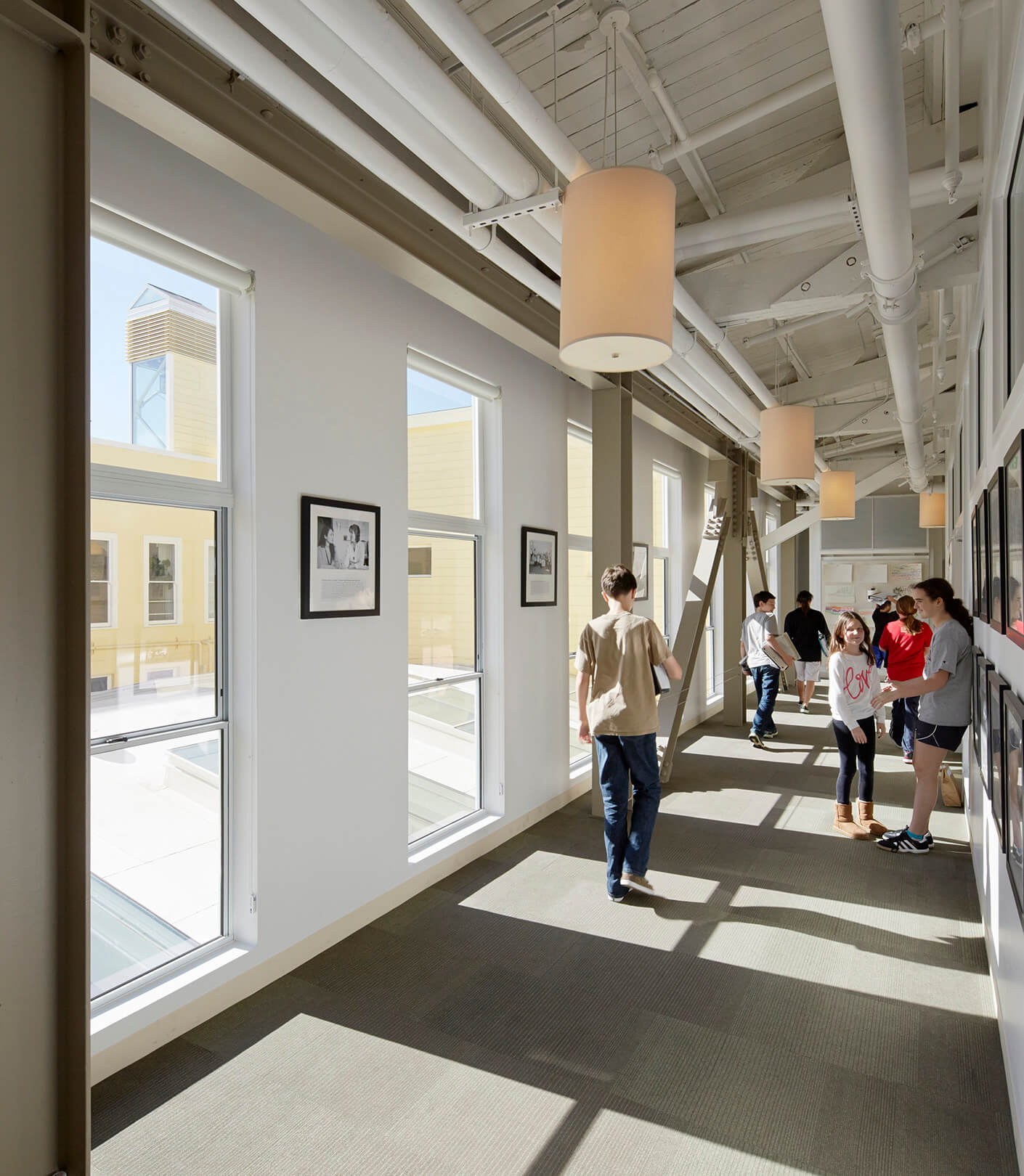
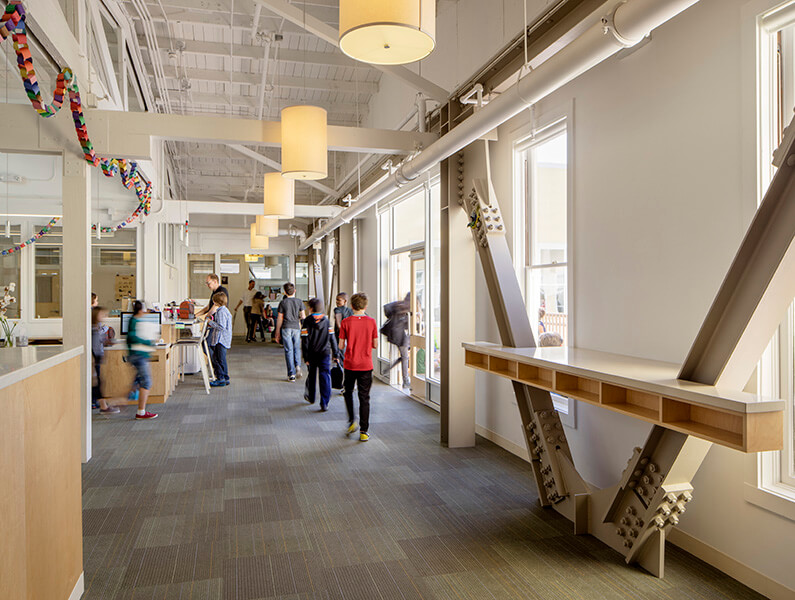
Peter Pfau, Lead Designer
Some elements of the original Levi Strauss factory building were intentionally preserved. Most notably, the wooden factory floor, which Levi Strauss had his employees install rather than lay them off during the Great Depression. The scuffed surface remains as a symbol of the building’s history and a reminder of the years of hard work that happened there.
